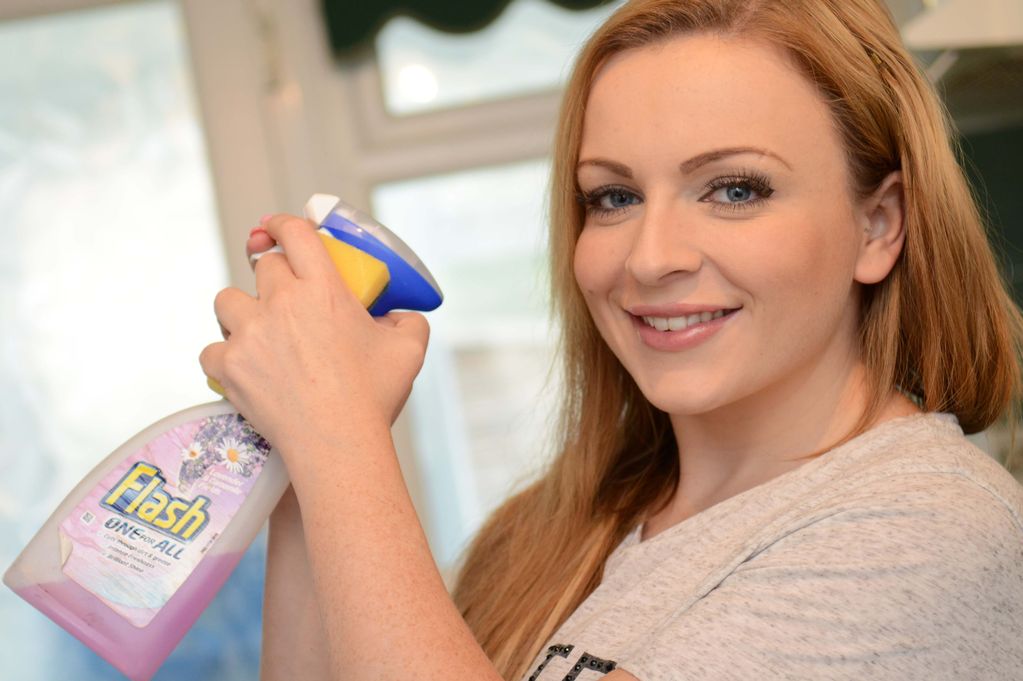Robert Goldberg wants to measure Boston’s stress. Then, he wants to relieve it.
His tool? A monitor strapped to the wrist that measures the steam-between-the-ears stress of rush-hour traffic or the soothing effects of an afternoon nap.
Continue reading below
The neuroscientist wants to attach stress-readers to thousands of Bostonians, hoping the data will help identify which college triggers the most anxiety, which highway induces the most stress, and which companies have the mellowest workforce.
Then, he wants to take the same measurements of other cities to compare Boston’s stress index against the world’s. To measure this stress, Goldberg helped found and now runs Neumitra, a 6-year-old startup that has so far spent more than $1 million to develop a stress-tracker
.
Ultimately, he hopes that awareness will help people reduce their stress levels.
“I founded Neumitra to see a world where mental health is quantified” like physical health, he said. The lack of hard data contributes to the stigma around mental health, said Goldberg, who has a family history of brain health concerns.
About a dozen public and private partners have agreed to work with Neumitra to distribute the technology to their employees, patients, or students, said Goldberg, whose company is underwritten by grants and private investors, and will eventually be funded by selling the tracker to companies looking to reduce worker stress. Privacy is protected, he promises, with partners getting only group-level data, not personal information. Participants will be able to turn off data sharing at any time. But managers who are pushing their staff over the edge might be outed.
‘I founded Neumitra to see a world where mental health is quantified.’
Robert Goldberg, neuroscientist
Other local entrepreneurs are developing stress-busting technologies, too, said Ben Rubin, cofounder and chief executive of Change Collective, a website that offers self-help courses to promote healthy change. For instance, Boston-based Thync offers a wearable $300 device that delivers low-level electrical pulses intended to calm or energize users.
The scientific understanding of stress has deepened over the last few decades, Rubin said, but most of that information has remained “locked up in the academic research or meditation/spiritual communities.” Now, technology is beginning to provide data on personal stress and emotional status, and new treatment approaches. “We’re where the fitness and exercise measurement and improvement market was five or 10 years ago,” he said.
Jessica Rinaldi/Globe Staff
An example of differences in appearance, perhaps due to stress, in President Obama during his first and second terms.
At Neumitra, Goldberg and his cofounders, algorithms engineer Safiyy Momen and biotechnologist Anand Yadav, say they’ve learned a lot about themselves from wearing wrist monitors that track their skin’s electrodermal response, a measure of stress commonly used in lie detector tests.
Several unmarried Neumitra staffers have found that dating is one of life’s most stressful events. Gurteg Singh, a research scientist with the company, also recorded a major stress hit when he jumped off a T platform to rescue someone who had fallen to the rails.
Goldberg’s most stressful moment, his tracking shows, was in 2011, when he went to the Pentagon to pitch his monitor to the military’s top brass.
“This is me [essentially] having a panic attack as I was getting ready to present to the office of the secretary of defense,” Goldberg said recently, pointing to a fever chart showing a gigantic spike about 3:30 p.m. on March 2. It was 10 times bigger than the bump he got boarding the T to Logan Airport that morning.
The monitoring idea started in an entrepreneurship class at the Massachusetts Institute of Technology in 2009, when Momen, Yadav, and Goldberg, then classmates, decided they wanted to do something on a grand scale to promote mental health.
Darin Dougherty, who taught the Neurotechnology Ventures class, said he was impressed by their dedication to creating a company out of their vision. “We encouraged all the people to start companies,” Dougherty said. “Not all tried. Not many were successful.”
Dougherty said Neumitra measures the same things he tracks in his lab at Massachusetts General Hospital, where he is director of the division of neurotherapeutics. But instead of hooking people up to a rack of devices in the hospital, Neumitra’s technology fits easily on a wrist — and is no less accurate, Dougherty said.
This miniaturization will allow researchers to track healthy people as well as those diagnosed with conditions such as obsessive-compulsive disorder and post-traumatic stress disorder, offering the kind of large-scale baseline data never before available, he said.
“Getting data in 1,000 people is a big thing,” said Dougherty, adding that most of his studies include no more than 25.
The Neumitra device includes a thermometer, an accelerometer to track motion, and a heart rate monitor to distinguish between physical activity and psychological stress.
Jessica Rinaldi/Globe Staff
A diagram showing stress data.
Neumitra had made a watch to carry its tracking system, but now plans to provide it on an existing device, such as an Apple Watch.
When finalized this fall, users will be able to input their activities across a day, to see which causes the most stress and what they find most relaxing. The program will then color-code the different categories of activities: deeper shades of red for more anxious ones, deeper blue for calmer.
GPS tracking, when turned on, will allow users to map where they are most high-strung. Goldberg said that by seeing where their tension starts to rise, users may be able to derive a measure of control.
The device vibrates to indicate rising stress, such as when rushing to a meeting, getting annoyed at a coworker, or blushing at a mistake. The vibration is enough to catch the wearer’s attention, but subtle enough that others won’t notice.
Goldberg’s own stress still spikes on the T and when he’s at medical appointments; it’s lower when he’s napping than when he turns in for the night. He has noticed that when he has a short or bad night of sleep, his stress levels are measurably higher the next day.
The monitoring has also made him more sensitive to others, Goldberg said. Looking at the fever chart of someone with an anxiety disorder or anyone with a stressful profession or life “really starts to open your eyes to being empathic about what people are experiencing.”
Karen Weintraub can be reached at karen.weintraub@globe.com.







![image1[2][1]](https://obsessiveanxiety.com/wp-content/plugins/RSSPoster_PRO/cache/45994_image121.png)
![IMG_4681[1][1]](https://obsessiveanxiety.com/wp-content/plugins/RSSPoster_PRO/cache/45994_IMG_468111.png) “As you might expect, I’m the 0 unread type,” Wharton joked.
“As you might expect, I’m the 0 unread type,” Wharton joked.











